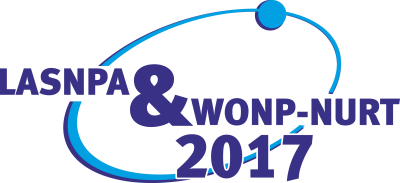Speaker
Description
Mammography is the gold standard to diagnose breast anomalies at the present; nevertheless, the automatized methods using PC interface are increasing today. They help physicians to give a Breast Imaging Reporting and Data System (BIRADS) classification.
The comparison of some automated methods is presented in this work to detect breast anomalies with good sensibility and specificity on PC, using MATLAB, including glandule reports.
Images from Mini-MIAS database were used. They were improved with some algorithms as median, Laplace, Gaussian or homomorphycal filters, as well as Illumination Correction, Contrast-limited adaptive histogram equalization, and unsharp mask. After that, several methods were tested to segment the breast glandule, micro-calcifications and nodules, fibrous and structural deformations. For segmentation, algorithms based on intensity thresholds, as Multi-class, Three-class, Bi-class and Adaptative Thresholds, and others based on edge detection were tested. Morphological processing was employed to improve quality of images.
Five methods were employed to classify segmented structures: artificial neural network, Bayesian methods, discriminant analysis, Support Vector Machine and KNN with several extraction of image features and descriptors, as entropy, area perimeter and some statistical moments.
Finally, to evaluate the success of the method´s performance, some physicians experienced were able to contour the glandule and detect anomalies to compare results.
The best results were obtained with algorithms as Entropy and multi-class with 4 thresholds.




